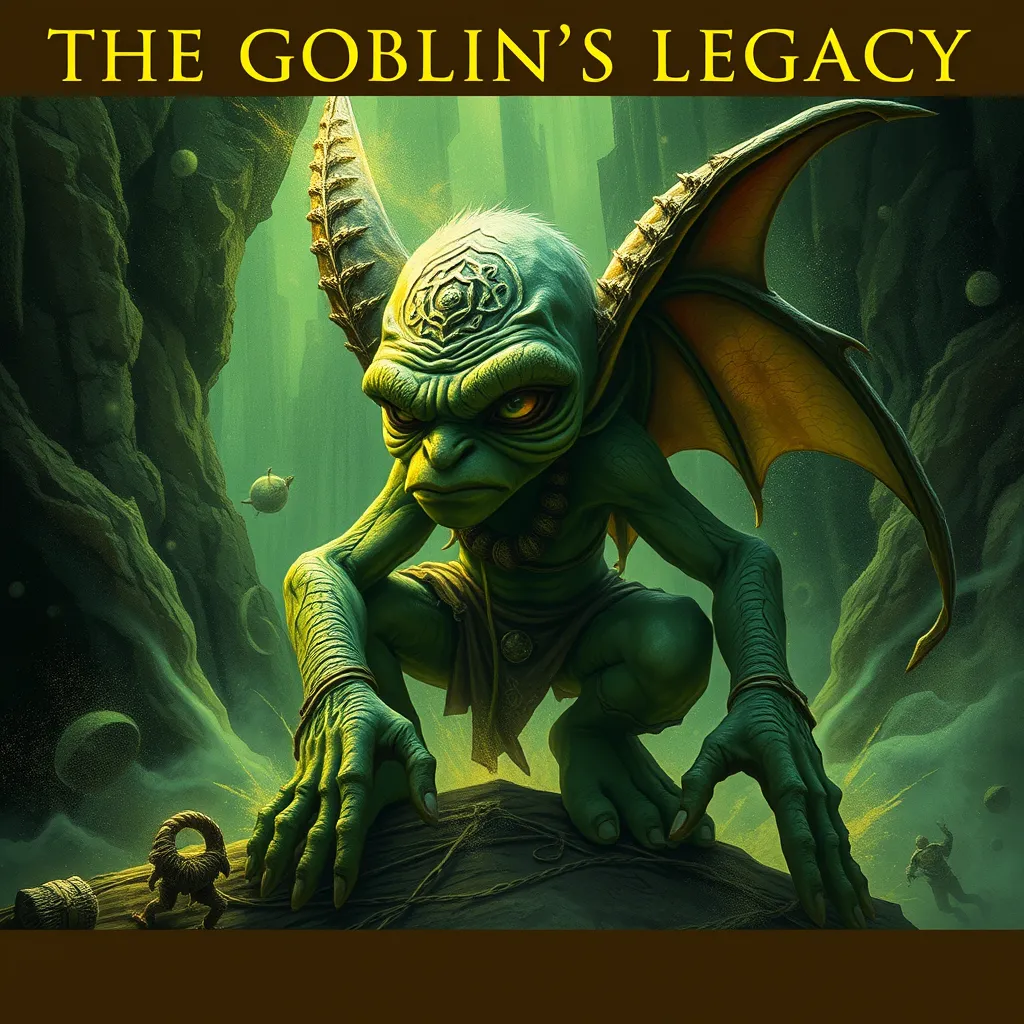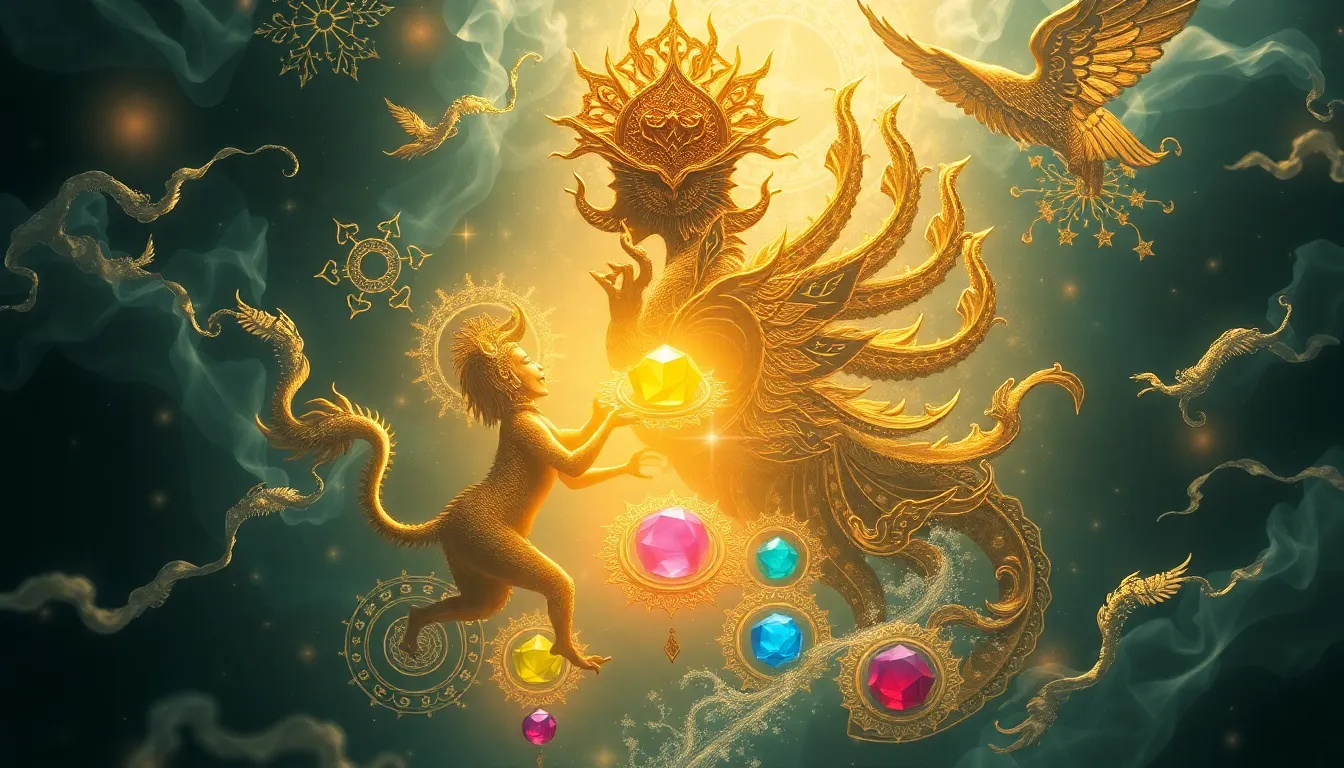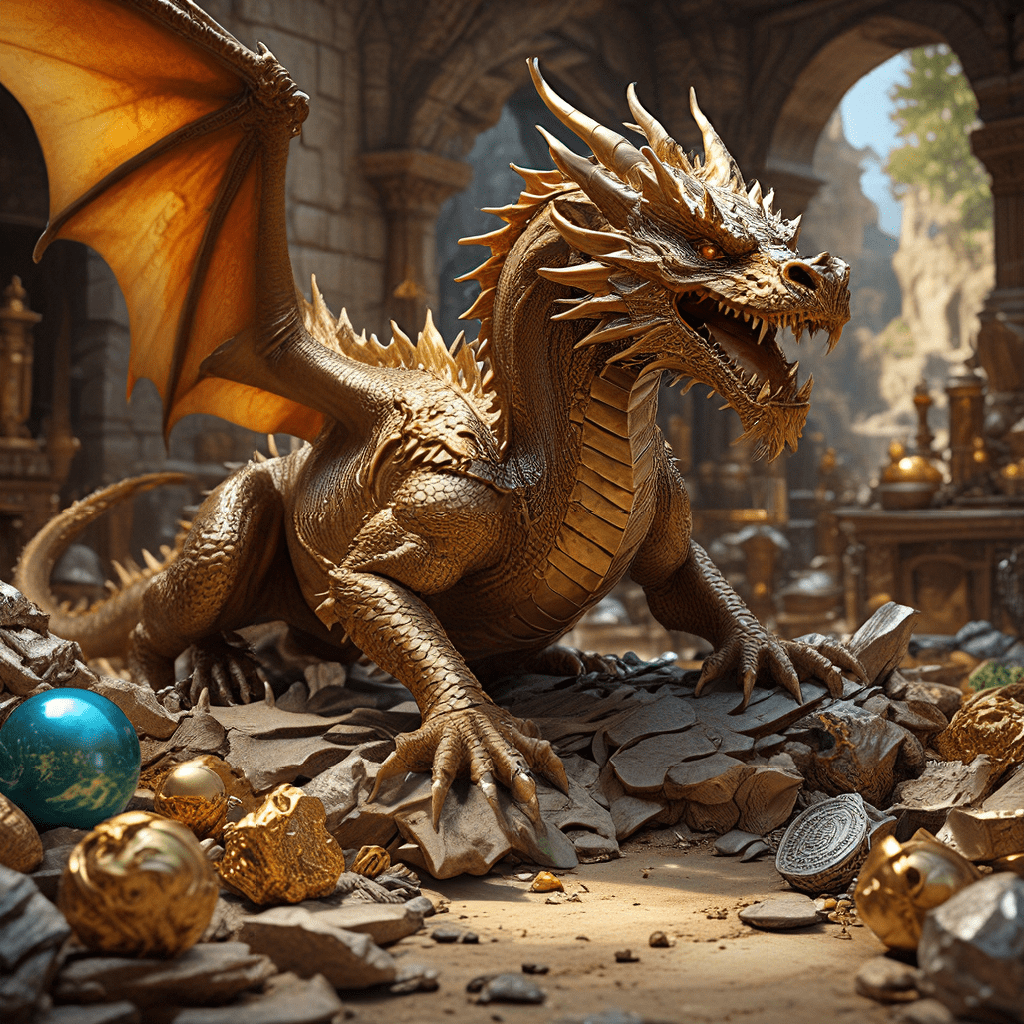The Giant of the Stars: A Greek Myth of the Titans and the Constellations
I. Introduction
Greek mythology is a rich tapestry of stories that have captivated audiences for millennia. It serves as a window into the ancient Greek world, revealing their beliefs, values, and understanding of the universe. Among the most profound figures in these tales are the Titans, a group of powerful deities who predate the Olympian gods. This article explores the connection between these ancient giants and the constellations that adorn our night sky, shedding light on how these myths influenced early astronomy and continue to resonate in modern culture.
II. The Titans: Guardians of the Cosmos
The Titans were the primordial beings in Greek mythology, born from Gaia (Earth) and Uranus (Sky). They represent the forces of nature and the cosmos, embodying various aspects of existence. Key figures among the Titans include:
- Cronus: The leader of the Titans, associated with time.
- Rhea: The mother of the Olympian gods, symbolizing fertility and motherhood.
- Oceanus: The Titan of the ocean, representing the vast waters.
- Tethys: The goddess of the nourishing flow of water.
These Titans were characterized by immense strength and wisdom, commanding great respect and fear. Their relationship with the Olympian gods was tumultuous; the Titans initially ruled during the Golden Age but were eventually overthrown by Zeus and his siblings, marking a shift in power.
III. The Birth of the Constellations
In ancient Greek culture, the night sky was more than a celestial canvas; it was a narrative of their myths and legends. The constellations were believed to be formed from the stories of gods, heroes, and mythical creatures.
The Titans played a significant role in these celestial tales. Their actions, struggles, and transformations were reflected in the stars. For instance, the myth of the Titan Atlas, who was condemned to hold up the sky, is represented by the constellation Hercules, which depicts his eternal burden.
Stars and constellations held profound significance for the Greeks, serving as navigational aids and markers of time. They were also used to tell agricultural cycles, guiding planting and harvesting seasons.
IV. The Story of the Giant of the Stars
One of the central myths involving the Titans and the stars is the tale of the Giant of the Stars, often identified with the Titan Atlas. According to the myth, Atlas was punished by Zeus for his role in the Titanomachy, the great war between the Titans and Olympians. As punishment, he was condemned to hold up the heavens, a task that symbolized both his strength and his eternal struggle.
The key characters in this myth include:
- Atlas: The Titan condemned to bear the sky.
- Zeus: The chief of the Olympian gods who imposed Atlas’s punishment.
- Hercules: The hero who encountered Atlas during his labors.
The themes of struggle and transformation are prevalent throughout the story. Atlas, despite his burden, embodies resilience. His transformation into a constellation serves as a reminder of the strength found in perseverance.
V. Symbolism of the Giant in the Night Sky
The giant, particularly in the form of Atlas, symbolizes the human experience of bearing burdens and overcoming challenges. His story resonates with the struggles faced by individuals throughout history, making it a powerful metaphor for resilience.
Lessons and morals derived from the myth include:
- The importance of endurance in the face of adversity.
- The idea that strength often comes from accepting one’s responsibilities.
- The notion that our struggles can lead to transformation and growth.
This myth has had a lasting cultural impact, inspiring artists, writers, and thinkers throughout the ages, from ancient pottery depicting Atlas to modern literature exploring themes of sacrifice and strength.
VI. The Connection Between Titans and Modern Astronomy
The influence of Greek mythology on modern astronomy is profound, particularly in the naming of constellations. Many constellations and celestial bodies are named after figures from Greek mythology, reflecting the stories that have shaped our understanding of the night sky.
Notable constellations linked to the Titans include:
- Hercules: Named after the hero who encountered Atlas.
- Andromeda: The princess whose story is intertwined with the Titan lineage.
- Perseus: The hero who saved Andromeda, representing the triumph over chaos.
These ancient stories continue to shape our understanding of the cosmos, reminding us of the narratives that have influenced humanity’s view of the heavens.
VII. The Legacy of the Giant of the Stars
The myths of the Titans, particularly the story of Atlas, have maintained their popularity in art and literature. From classical sculptures to Renaissance paintings, the imagery of the Titan carrying the heavens has inspired countless works.
In contemporary culture, the legacy of these myths persists in various forms:
- Films and television series exploring Greek mythology.
- Literature that draws upon Titan themes of struggle and resilience.
- Art that reinterprets ancient stories for modern audiences.
These stories remain relevant today, serving as a reminder of our shared human experience and the timeless nature of struggle and triumph.
VIII. Conclusion
The intertwining of mythology and astronomy provides a fascinating lens through which to view both ancient and modern cultures. The Titan myths, especially the story of the Giant of the Stars, offer insights into human resilience and the connection we share with the cosmos.
As we gaze up at the night sky, we are invited to explore not only the stars themselves but the rich tapestry of stories that have shaped our understanding of them. The Titan myths encourage us to reflect on our own struggles and the transformations that arise from them.
In closing, let us take a moment to look up at the stars, contemplate their stories, and find inspiration in the tales of the giants who once walked among us.



